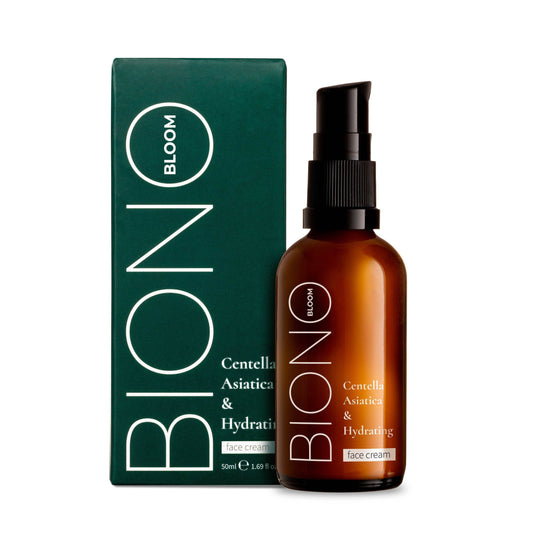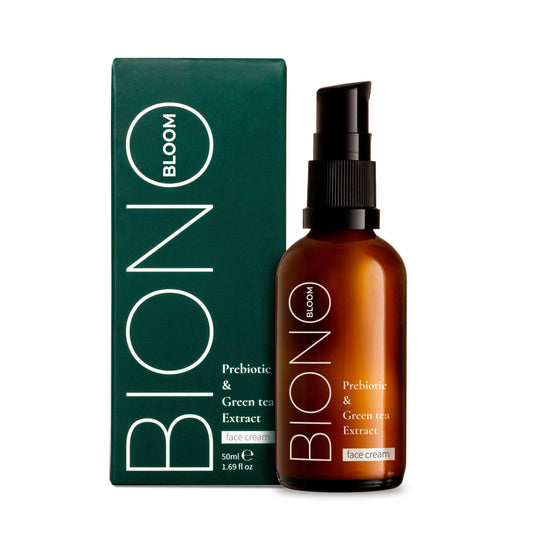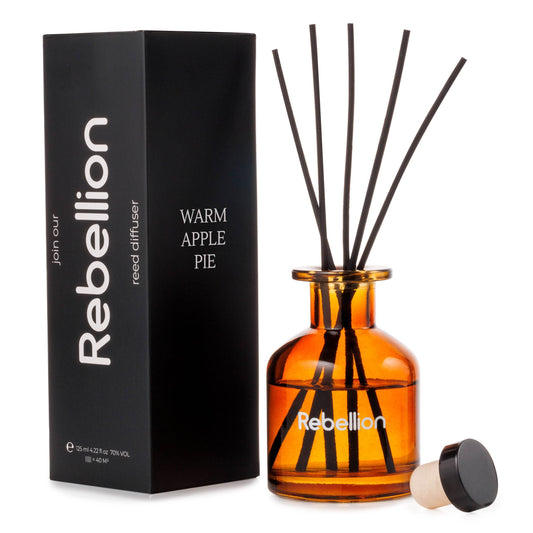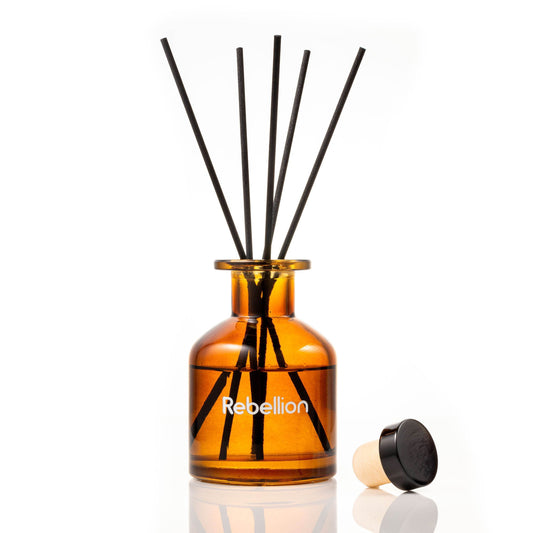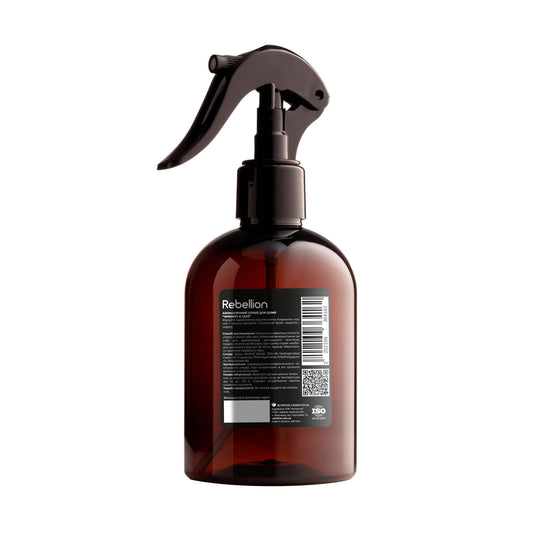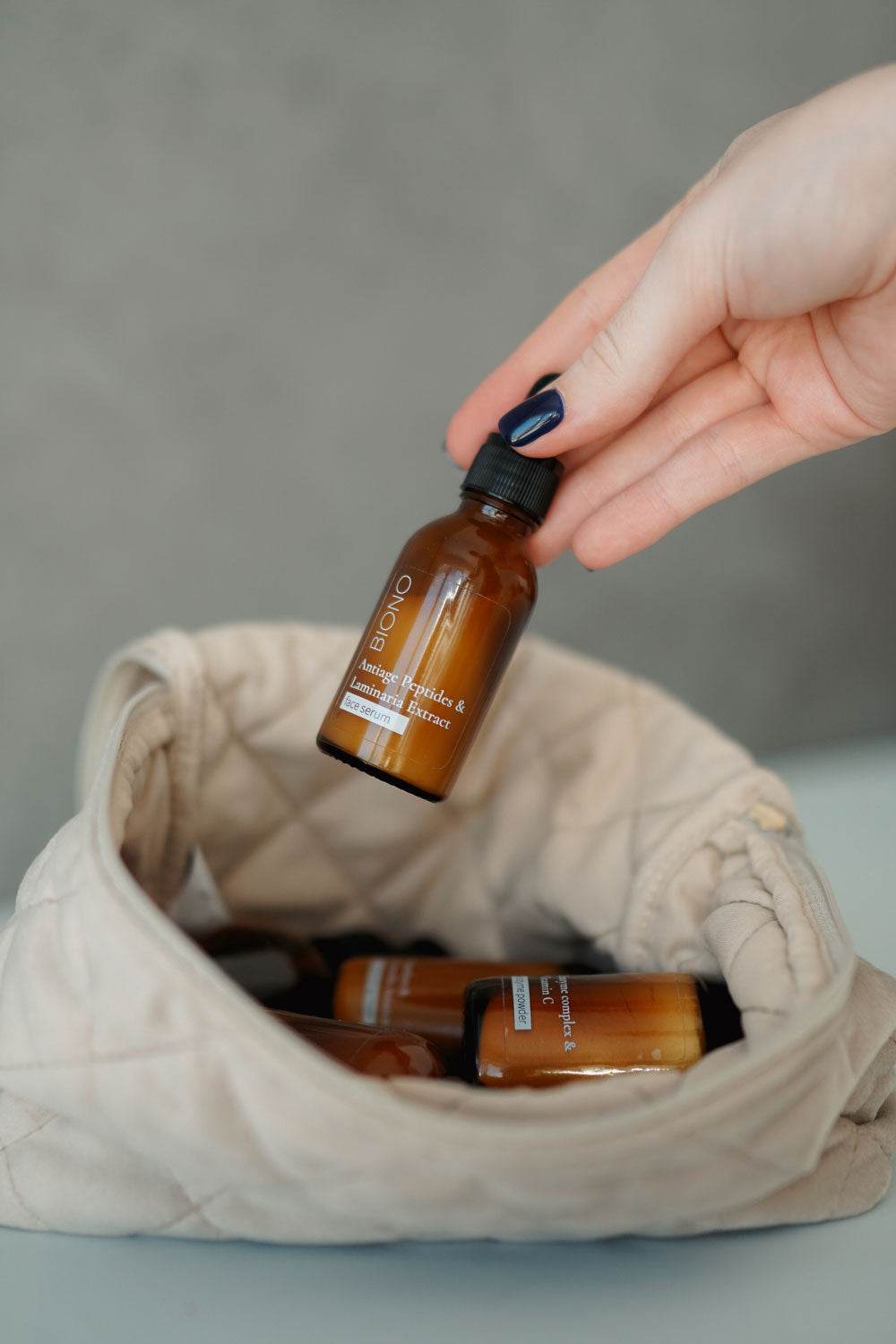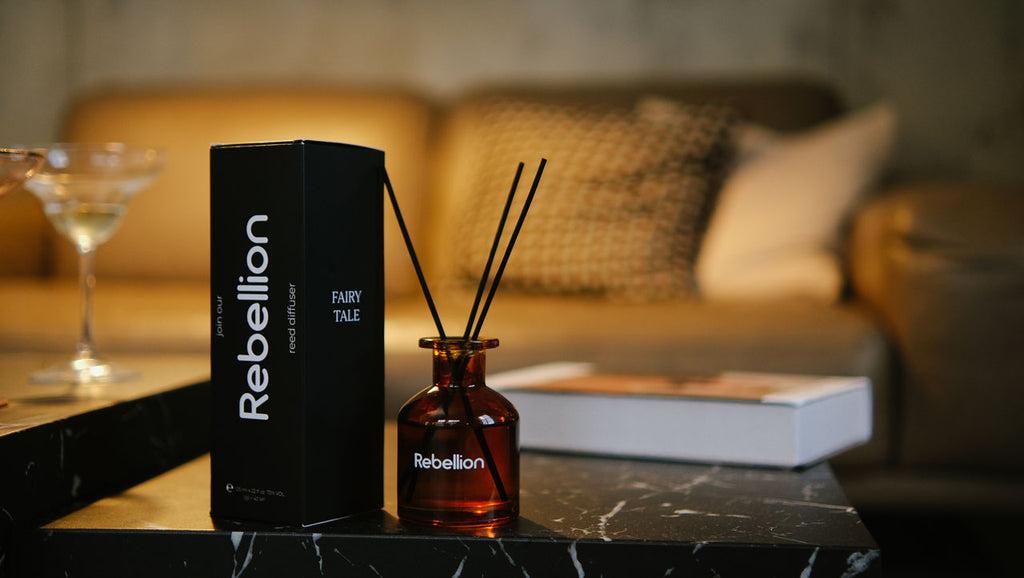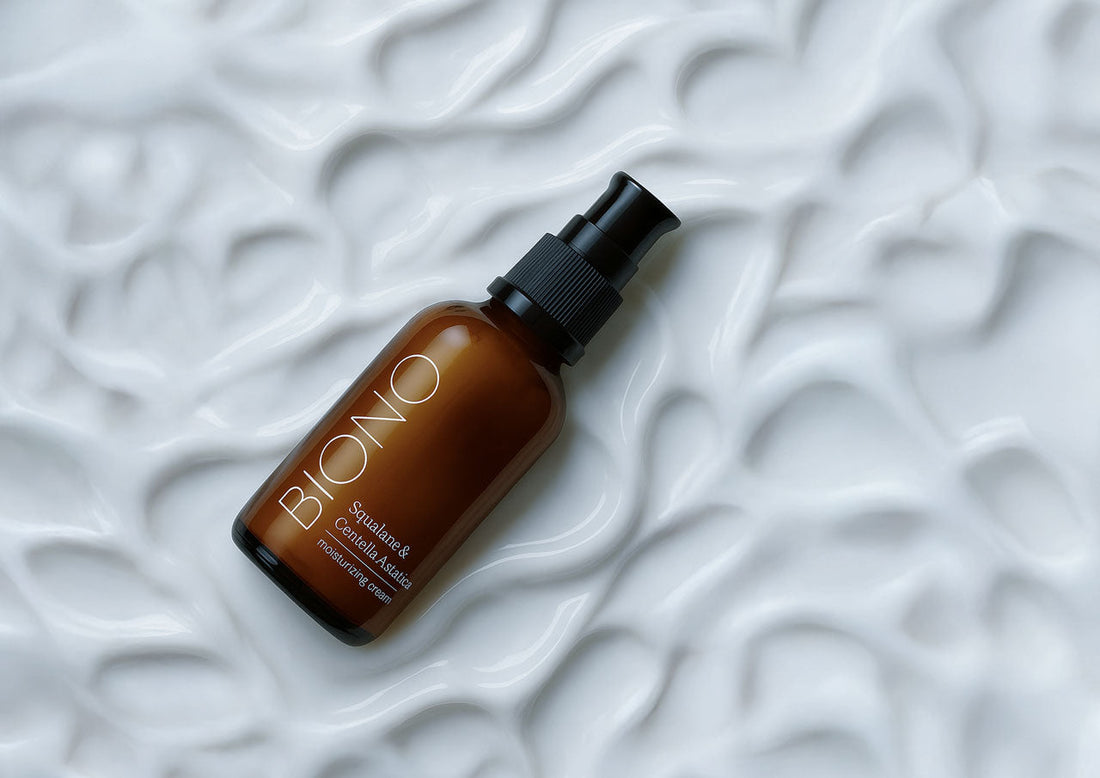
Winter Moisturizers: A Complete Guide to Protecting Your Skin in the Cold Season
Share
The winter months can be a real test for our skin. The freezing air outside and dry heating inside create the perfect storm for dehydration, irritation, and premature aging. That's why choosing the right winter moisturizer is not just a cosmetic procedure, but a necessity for maintaining healthy and beautiful skin.
Why winter skincare is radically different from summer skincare
Imagine your skin as a sponge, easily absorbing and retaining moisture from the environment during the warmer months. But with the arrival of cold weather, the situation changes dramatically. Low outdoor temperatures can hold far less water vapor than warm summer air. This means that our skin's natural source of moisture practically disappears.
Additionally, indoor heating dries the air to critically low humidity levels—often below 20%, while the comfortable level for skin is 40-60%. In such conditions, even healthy skin begins to lose moisture faster than it can regenerate. This is why winter moisturizers have radically different formulas compared to summer products.
Winter creams are created according to the principle of "double protection": they not only provide the skin with essential moisture but also create a protective barrier that prevents moisture loss. It's similar to putting on a warm jacket – they not only warm the skin but also protect against wind and snow.

The main skin problems in winter
The cold season brings with it a whole range of specific skin problems that skin doesn't encounter during the warmer months. The first and most common problem is dehydration. The skin loses its ability to retain sufficient moisture, leading to tightness, flaking, and the appearance of fine lines.
The second problem is a breakdown of the skin's protective barrier. If we imagine the skin as a brick wall, lipids (natural fats) act as the cement between the bricks—cells. Cold and dryness break down this "cement," creating gaps in protection. Through these gaps, the skin loses even more moisture and becomes vulnerable to irritants.
The third specific winter problem is so-called "winter eczema" or atopic dermatitis. This problem is particularly common in people with sensitive skin and can manifest itself in the form of red spots, itching, and even painful cracks. A properly selected winter moisturizer can be a real lifesaver in the fight against these unpleasant symptoms.
Key ingredients of effective winter creams
Modern winter moisturizers are not just a pleasant-to-touch substance, but also scientifically developed formulas with active ingredients, each of which performs a specific function. Understanding these ingredients helps you make an informed choice and maximize the benefits of your skincare routine.
Hyaluronic acid is rightly called the "molecule of youth" thanks to its unique ability to retain moisture. One hyaluronic acid molecule can retain up to 1,000 water molecules! This makes it an ideal ingredient in winter creams, especially for those suffering from dry skin.
Ceramides are natural lipids that form the skin's protective barrier. They can be compared to the bricks in the wall of our skin's house. When these "bricks" are insufficient, the wall becomes leaky. Adding ceramides to winter creams helps rebuild the integrity of the protective barrier and reduce moisture loss.
How to choose the right cream according to your skin type in winter
Choosing a winter moisturizer is a matter of personalization, as what works perfectly for one person may not work at all for another. Winter skin can be radically different from summer skin, so it's important to reconsider your skincare routine.
For dry skin, winter creams should be as nourishing and regenerative as possible. Look for formulas with a high content of occlusive ingredients—oils, waxes, and silicones. These ingredients create a protective film on the skin's surface, preventing moisture evaporation. Creams with shea butter, squalane, or natural waxes are particularly beneficial.
Combination skin owners often face a dilemma: the T-zone can remain oily, while the cheeks require intense hydration. In this case, the ideal solution is to use different products for different areas of the face or find a balanced formula with a light texture but powerful moisturizing properties.
Even oily skin can require extra hydration in winter, especially if you're using active ingredients to combat acne. Choose lightweight, non-comedogenic formulas with hyaluronic acid and niacinamide, which will hydrate skin without clogging pores.

Ranking of the best types of moisturizing creams for winter
The winter moisturizer market can be divided into several categories, each with its own advantages and specific uses. Understanding these categories will help you make the optimal choice for your individual needs.
Daily moisturizers with SPF deserve special attention, as winter sun combined with snow can be just as aggressive as summer sun. These creams combine moisturizing properties with UV protection, which is especially important for residents of mountainous regions or those who spend a lot of time outdoors.
Night creams for winter care typically have richer, more nourishing textures. They work on the principle of "intensive therapy"—while you sleep, active ingredients deeply penetrate the skin, regenerating it after the daily ordeal of cold and wind. Such creams often contain retinoids, peptides, and high concentrations of antioxidants.
Special creams for sensitive skin are created according to the principle of minimalism – maximum benefits with minimal risk of irritation. They are free from potential allergens, artificial fragrances, and dyes, and instead focus on soothing and regenerating ingredients such as aloe vera, panthenol, and chamomile extract.
Professional Secrets to Applying Winter Creams
The art of properly applying moisturizer is just as important an aspect of winter skincare as choosing the product itself. Professional cosmetologists know that even the best cream can fail to deliver the desired results if used incorrectly.
A key rule of winter makeup is the "moist skin" rule. It's best to apply moisturizer to slightly damp skin, as this helps seal in extra moisture. After cleansing, don't wipe your face dry completely, but just gently pat dry with a towel, leaving your skin slightly damp.
Application technique is also important. Spread the cream using light tapping motions, starting from the center of the face and moving outward. Pay particular attention to areas that suffer the most from the cold: the cheeks, chin, and the sides of the nose. These areas may require an additional layer of product.
Timing your application is another professional secret. It's best to apply winter creams no less than 20-30 minutes before heading outside. This gives the active ingredients time to penetrate the skin and create a protective barrier. Applying cream immediately before going out into the cold can lead to skin hypothermia.
Common mistakes in winter skin care
Even the best intentions can lead to negative results if common winter skincare mistakes are made. Understanding these mistakes will help you avoid unnecessary problems and get the most benefit from your moisturizers.
The most common mistake is using the same sunscreen year-round. Lightweight summer formulas simply can't provide sufficient protection in harsh winter conditions. It's like trying to stay warm in freezing weather wearing a summer shirt—technically, it's clothing, but it doesn't fulfill its primary function in the given conditions.
The second critical mistake is over-cleansing the skin in an attempt to combat dryness. Many people mistakenly believe that frequent washing will help "wash away" the tightness. In reality, aggressive cleansing only exacerbates the problem by stripping the skin of its natural protective oils. In winter, it's better to use gentle, non-foaming cleansers and limit yourself to one or two washes a day.
Here are the main mistakes to avoid:
- Using toners containing alcohol, which further dry out the skin
- Ignoring the area around the eyes, which especially needs protection
- Applying the cream to dry, uncleaned skin
- Using too much product at one time
- Switching to winter care too late in the season
Natural alternatives and home recipes
Natural skincare enthusiasts can create effective moisturizers at home using readily available, proven ingredients. However, it's important to understand that homemade cosmetics require strict hygiene guidelines and have a shorter shelf life than professional products.
An oil blend for very dry skin can be a real lifesaver during severe frosts. Mix equal parts jojoba, argan, and sweet almond oil with a few drops of lavender essential oil. This blend has a composition similar to the skin's natural lipids and penetrates easily without leaving a greasy sheen.
To prepare a nourishing mask, mix a tablespoon of honey (preferably natural, unfiltered) with a teaspoon of avocado oil and an egg yolk. The honey acts as a natural humectant, attracting moisture from the air, the avocado nourishes and regenerates, and the egg yolk adds vitamins and antioxidants. This mask can be used once or twice a week as an intensive treatment.
It's important to remember that home remedies can't completely replace professional products, especially if you have specific skin concerns. Rather, they can serve as additional care or a temporary alternative in extreme situations.
When to consult a specialist
Sometimes winter skin problems go beyond simple dryness and require professional consultation. Recognizing these situations helps you get timely help and avoid complications.
If, after several weeks of using a quality moisturizer, your skin condition doesn't improve or even worsens, it may indicate a more serious problem. Constant itching, red spots that won't go away, painful cracks or sores—these are alarming signs that require attention from a dermatologist.
Sudden changes in skin condition require special attention. If skin that previously easily tolerated winter conditions suddenly becomes unusually sensitive or begins to react to common products, this may indicate the development of allergic reactions or other dermatological conditions.
Signs requiring specialist consultation:
- Constant pain or burning of the skin
- Bleeding cracks that won't heal
- Rash of unknown origin
- Sudden deterioration of skin condition in a short period of time
- Appearance of spots or tumors
- Severe itching that interferes with sleep
Winter skincare is an investment in your skin's long-term health and beauty. A properly selected moisturizer, combined with a competent skincare approach, helps you not only survive the cold months comfortably but also prepare your skin for the challenges of the coming season. Remember: everyone's skin is unique, and what works for others may not work for you. Experiment, observe your skin's reactions, and don't be afraid to seek professional help when necessary.

